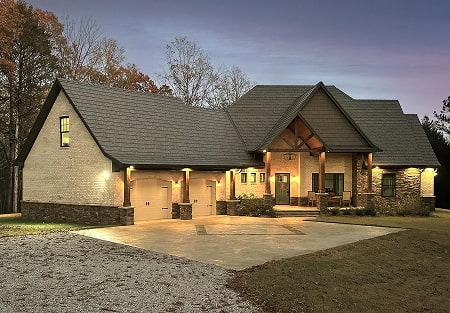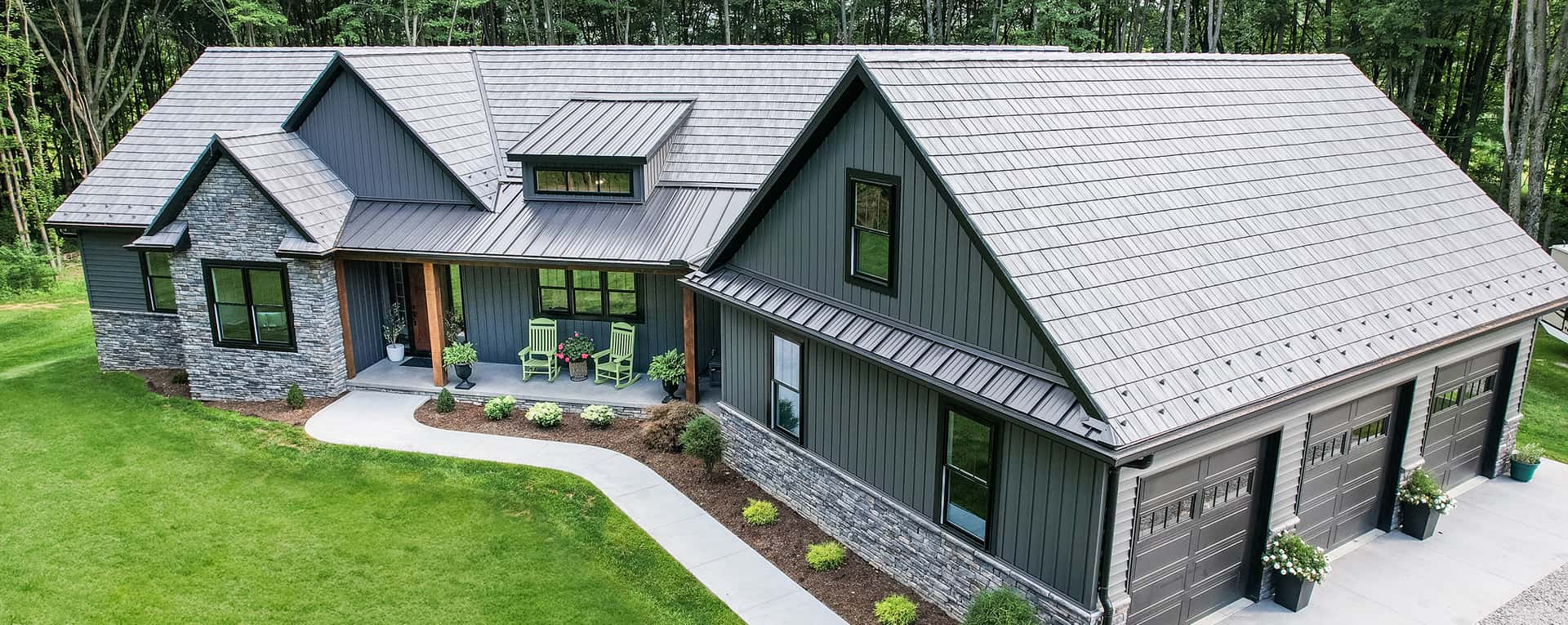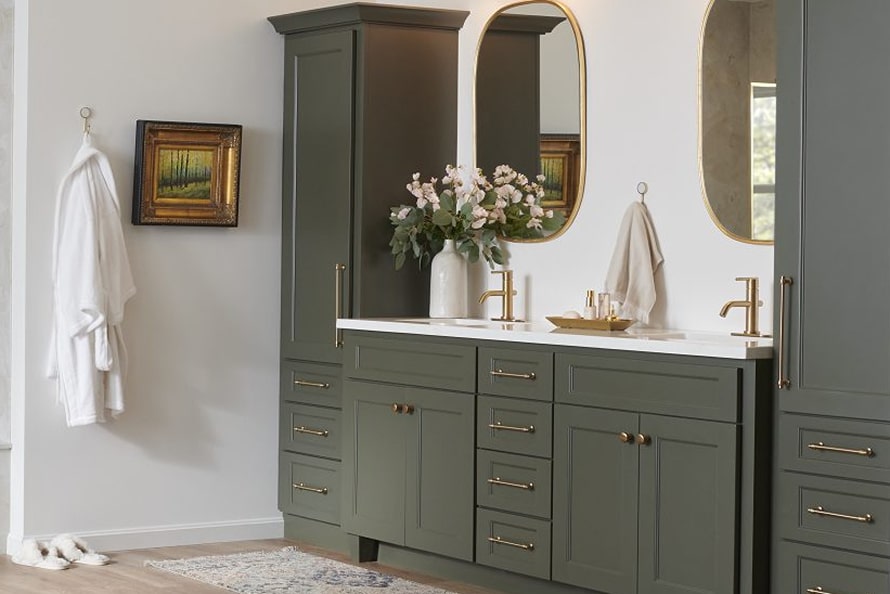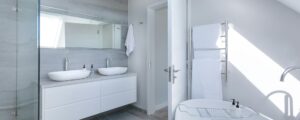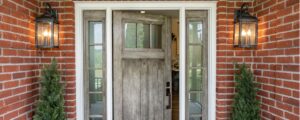Water damage in bathrooms is a common issue for Wisconsin homeowners, especially given the state’s fluctuating temperatures and harsh winters. Left unchecked, leaks and moisture buildup can lead to mold, structural damage, and costly repairs. Understanding how to maintain a bathroom properly can help prevent these problems. Here’s what you need to know about bathroom best practices.
Identifying and Fixing Leaks Early
A small leak can quickly become a major problem if ignored. Check for the following signs:
- Water stains on walls or ceilings – These often indicate a slow leak behind fixtures or plumbing.
- Musty odors – Persistent damp smells can be a sign of mold growth from excess moisture. The US EPA covers more on why mold grows in homes.
- Warping or peeling materials – Bubbling paint or soft drywall suggests water intrusion.
Fix minor leaks immediately by tightening loose plumbing connections or replacing worn-out seals. If leaks persist, consult a plumber before the damage spreads.
Hidden leaks can be harder to detect but equally damaging. One way to check for hidden leaks is to monitor your water meter. Turn off all faucets and water-using appliances, then check the meter reading. Wait two hours without using any water and check again; if the reading has changed, you likely have a hidden leak. Another simple method is to place a few drops of food coloring in your toilet tank—if the color appears in the bowl without flushing, there’s a slow leak.
Long-term leak damage can weaken floorboards and compromise insulation, leading to costly structural repairs. Regularly inspect under sinks and around toilets for signs of moisture or soft spots to prevent these issues from escalating.
Managing Humidity and Ventilation
Wisconsin’s cold winters can lead to condensation buildup in bathrooms, increasing the risk of mold. The US Department of Energy talks about the importance of ventilation in bathrooms. You can combat excess moisture in your bathroom with these strategies:
- Use an exhaust fan – Run the fan during and after showers to remove humidity.
- Open windows when possible – Letting in fresh air can help balance moisture levels.
- Install a dehumidifier – For bathrooms without adequate ventilation, a small dehumidifier can help.
Regularly clean vents to ensure optimal airflow, and consider upgrading to a more powerful fan if moisture persists.
Another natural way to improve air quality and reduce moisture is by incorporating certain plants into your bathroom. Plants like ferns, peace lilies, and bamboo absorb humidity while also purifying the air. Not only do they help with moisture control, but they also add a touch of greenery to your space.
Waterproofing Key Areas
Proper waterproofing prevents leaks and extends the life of your bathroom. Focus on these areas:
- Shower and tub surrounds – Use high-quality caulk and seal grout lines to prevent water seepage. Upgrading your shower can help reseal any leaks in your bathroom.
- Flooring – Choose water-resistant materials like tile or vinyl, and seal grout annually.
- Toilet base and sink connections – Apply waterproof sealant around fixtures to block moisture from seeping into the subfloor. This also protects your bathroom vanity from being damaged by water leaks.
Inspect caulk and grout regularly, reapplying as needed to maintain a watertight seal.
For even better waterproofing, consider using waterproof backer boards in showers instead of standard drywall, which is highly susceptible to water damage. Epoxy grout is another great investment, as it is more resistant to moisture and does not crack as easily as traditional grout. Additionally, applying water-repellent paint on walls can help minimize moisture absorption and reduce the chances of mold growth.
Preventing Frozen Pipes in Winter
Wisconsin’s frigid temperatures can lead to frozen and burst pipes, especially in bathrooms along exterior walls. Prevent freezing with these tips:
- Insulate exposed pipes – Use foam insulation sleeves to protect plumbing from extreme cold.
- Keep the heat on – Maintain a consistent indoor temperature, even when away from home.
- Let faucets drip during cold snaps – A small trickle of water helps prevent pressure buildup that can cause pipes to burst.
- Seal gaps around pipes – Use expanding foam or caulk to block cold drafts from reaching plumbing.
If a pipe does freeze, shut off the water supply immediately and use gentle heat (like a hairdryer) to thaw it before it bursts.
In the event that a pipe does burst, knowing how to handle the situation quickly can prevent extensive damage. Immediately shut off the main water supply to prevent further flooding, and open faucets to drain any remaining water in the system. Then, call a plumber as soon as possible. To prevent future occurrences, consider installing heat cables around vulnerable pipes for added protection during extreme cold weather.
Final Thoughts
Preventing bathroom water damage requires proactive maintenance and attention to detail. You can protect your home from costly repairs by fixing leaks early, improving ventilation, waterproofing key areas, and preparing for Wisconsin’s harsh winters. A little preventative care today can save you thousands in water damage down the road.
Beyond routine maintenance, homeowners should also consider periodic professional inspections. A licensed plumber can check for hidden leaks, assess water pressure issues, and ensure your bathroom’s plumbing system is functioning efficiently. Additionally, investing in smart water sensors can help detect leaks early by sending alerts to your phone if moisture is detected where it shouldn’t be.
If persistent leaks, mold growth, or structural damage continue despite these preventative measures, it may be time for a more comprehensive solution. If water damage is extensive, consider a full bathroom remodel with upgraded waterproof materials, improved ventilation, and modern fixtures designed to prevent future issues. A remodel not only resolves existing problems but also enhances the functionality and value of your home, providing long-term protection against future damage.
By taking these steps, you not only protect your bathroom from damage but also maintain the value and integrity of your home for years to come.



